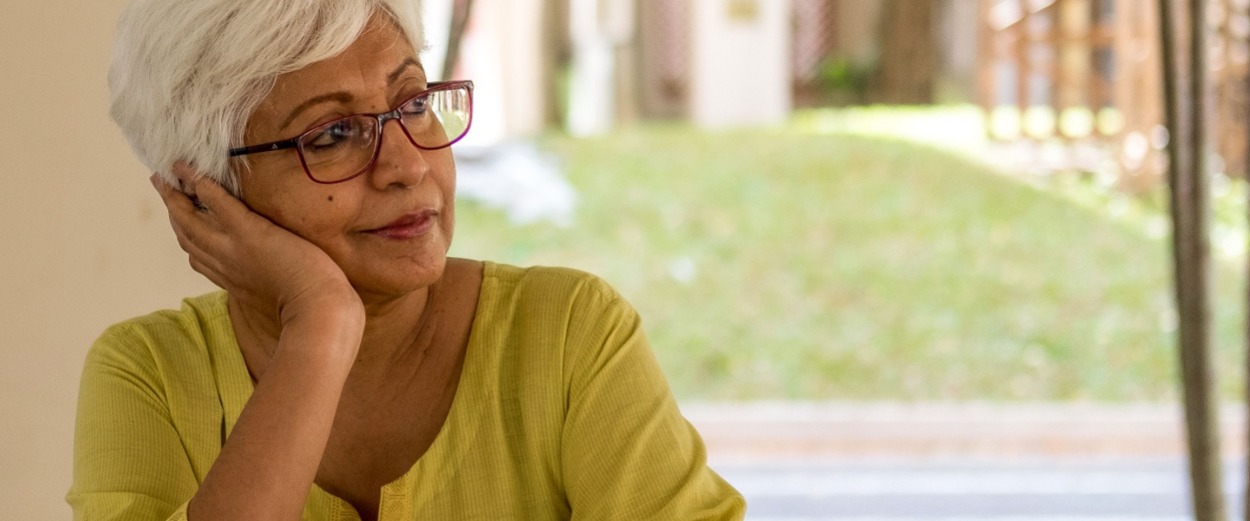We’ve been hearing a lot of discussion in the news lately about textured implants and their link to a rare form of lymphoma; a cancer now known as breast implant-associated anaplastic large cell lymphoma (BIA-ALCL). Recently, Health Canada moved to suspend these implants from being used in Canada.
Textured implants became popular for their ability to stick to the surrounding tissue which allowed them to stay in place and shift less. But when the Toronto Star released it’s investigation with CBC News and Radio-Canada last fall concerns regarding these implants became widely discussed. It became particularly distressing within the breast cancer community since many women undergo breast reconstruction after mastectomy.
The last thing you want when you’re diagnosed with cancer or when you’ve found out you have a high risk of developing cancer is that the steps you took to reduce that risk and rid yourself of cancer could have put you at risk of developing an entirely new type of cancer. So, what do you do if you have the textured implants?
Number one, is to know what this cancer is and what are the symptoms. A lot is still not known about the links between implants and lymphoma, but we do know that it’s overwhelmingly more common with textured implants versus smooth implants. That being said, it is still a very rare form of cancer; just because you have textured implants it does not mean you will get cancer again. The biggest sign is pain or swelling near the implant itself, even long after you’ve healed from the operation. A new lump or changes to your breast shape are also important things to watch out for.
If you’re worried about your risk and are considering having your implants removed or replaced, we recommend making an appointment with the surgeon who put them in. Having a discussion with your surgeon will give you a better understanding of the risks associated with textured implants.
If you are having trouble getting in contact with your plastic surgeon or would rather see someone else speaking with your surgical or medical oncologist is the next step. Finally, if you’re no longer being monitored by your oncology team then ask for a referral from your family doctor.
Discussing these concerns with your medical team and understanding your risk is crucial when making informed decisions about your health. Ultimately, you need to do what’s best for your body and your health.
Photo by BBH Singapore on Unsplash







